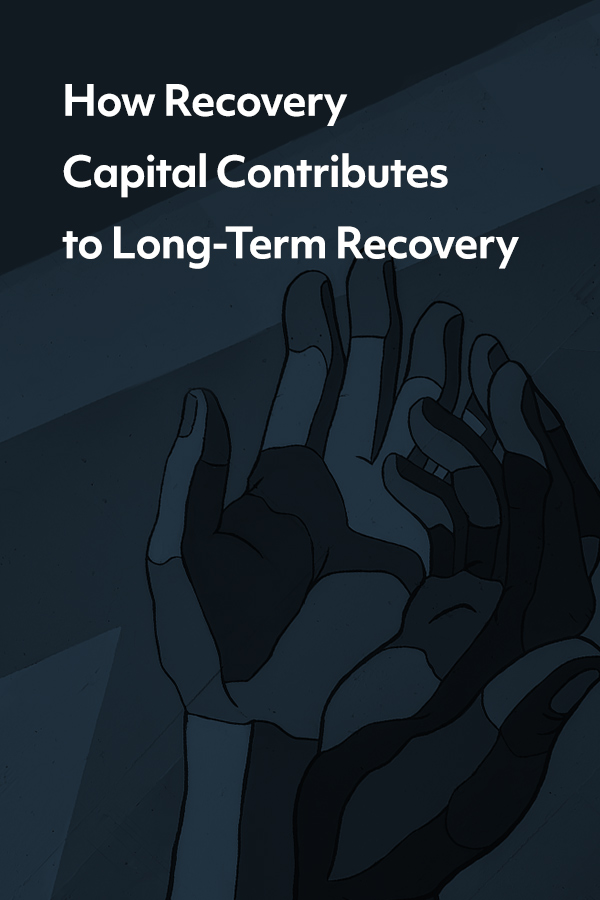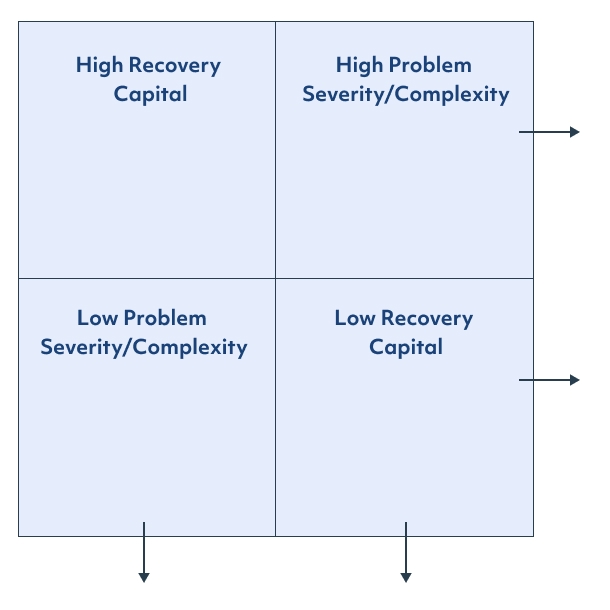The concept of recovery capital can help us provide resources to support people toward achieving long-term sobriety.
“Recovery capital” is a phrase that feels lofty, kind of academic. That’s because it’s a term used by researchers studying the science of recovery to determine what makes recovery work. You don’t have to be an academic to find recovery capital a really useful concept of how to sustain your recovery, long-term.
What does recovery capital mean?
As I mentioned above, recovery capital is an academic sort of term. That’s because it came from academics, like William White, who is a leading research consultant in the world of recovery science. His academically published papers (which are freely available online) and blog frequently refer to the concept of recovery capital. White says that the term was introduced by researchers Robert Granfield and William Cloud in their book and related articles called, Coming Clean: Overcoming Addiction without Treatment. This book contains the untold stories of those who recovered without formal treatment, despite the widely accepted view that formal treatment and 12-step recovery are critical to overcoming substance use disorder.
White states, “Recovery capital is conceptually linked to natural recovery, solution-focused therapy, strengths-based case management, recovery management, resilience and protective factors, and the ideas of hardiness, wellness, and global health.”
What does that mean in real terms, though? Based on Granfield and Cloud’s insights from interviews with 46 people who overcame substance use disorder, recovery capital (or recovery capacity) is the measure of personal skills and external resources needed to initiate and sustain recovery.
What are the different types of recovery capital?
Recovery capital—the skills and resources a person has access to—can be defined in four main areas: personal recovery capital, family/social recovery capital, community recovery capital, and cultural capital.
White defines these types of recovery capital as follows:
- Personal recovery capital: a person’s physical and human resources used to meet their needs, such as housing and healthcare, and the skills, knowledge, and ability to solve problems and achieve goals.
- Family/social recovery capital: the social and family resources a person has access to, such as close relationships and the ability to socialize.
- Community recovery capital: the available resources in the community that can help a person overcome addiction. Community resources can be vast. They include policies, advocacy, peer-led support, recovery community organizations, and recovery institutions like collegiate recovery or recovery high schools. There are also governmental community resources, like drug courts.
- Cultural capital: these are faith and culturally-related resources like churches or indigenous community support.
Does recovery capital look the same for everyone?
This is a great question! Not everybody experiences substance use disorder the same, and they may not have access to the same resources. For example, Person A has limited financial resources. They may struggle to find therapeutic support (like a counselor or treatment center) and may have less time to find community resources because of financial pressure not to take time off. They have low recovery capital. Conversely, Person B has moderate to severe substance use disorder but has high access to personal resources and additional support. Person B has high recovery capital to help them maintain their recovery.
This diagram illustrates that the severity of substance use disorder and the recovery capacity would differ from person to person, depending on their circumstances.
What are the benefits of recovery capital?
Recovery capital is an important concept because it can act as a predictor to help us plan for and sustain recovery, reducing the risks of returning to use and increasing access to support and resources.
To find out the benefits for you and to create an individualized plan to improve your recovery capital, you can refer to White’s helpfully designed Recovery Capital Scale. This scale can identify areas of strength or growth in your recovery, and help you formulate a recovery capital plan with actionable steps. This scale can be accessed here.











